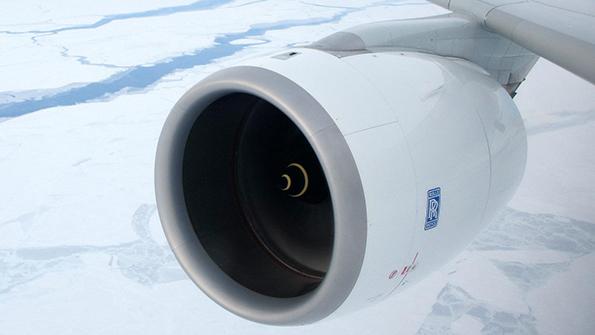
The challenges of the engine leasing sector have been highlighted by a further downgrade for Rolls-Royce & Partners Finance (RRPF).
Fitch Ratings moved the joint venture to BB- with a negative outlook, having previously downgraded it in 2020 to BB+.
This brings RRPF’s rating in line with Rolls-Royce, and although the leasing entity is a joint venture with US company GATX the agency noted a “strong correlation” with Rolls-Royce’s default risk.
Notwithstanding the various cross-default clauses on Rolls-Royce and RRPF debt, the latter company faces its own distinct challenges, being double affected by the collapse in air travel demand – and hence lower demand for spare engines – and by its focus on the widebody market, which is expected to the slowest to recover.
In this respect, one of the lessor’s traditional strengths – its dominance of the leasing market for Rolls-Royce engines, particularly new technology variants – has become a weakness, given the brand’s focus on the widebody sector; Rolls-Royce engines comprise 90% of RRPF leases.
Nonetheless, Fitch also noted that despite granting lease deferrals to many of its clients, RRPF’s cash collection had held up surprisingly well in 2020, at above 80% of what had been expected.
The lessor also focuses on modern technology widebody engines, a part of the market where lease rates and residual values have proved reasonably durable. In part this is because Rolls-Royce is the sole-source supplier on the Airbus A350.
That said, Fitch “believes restructuring events and impairments will weigh on RRPF's performance, with metrics weakening further in 1H21 profitability or potentially longer in case of a delayed recovery in the aviation sector”.
This trend may well extend to other aircraft and engine lessors that, like RRPF, have not yet booked impairments on their equipment. Market realties in the first half of 2021 may force many to do so.





